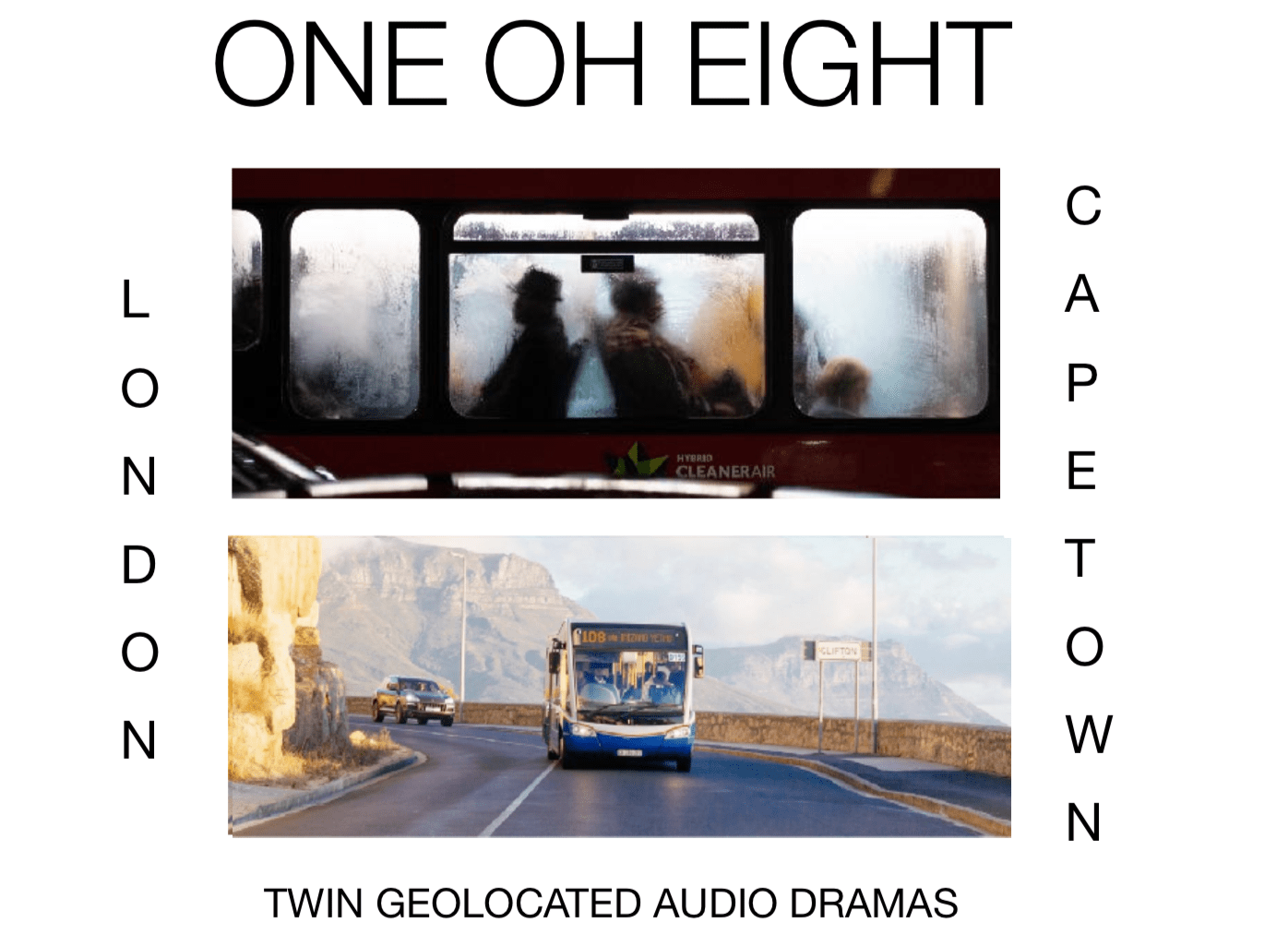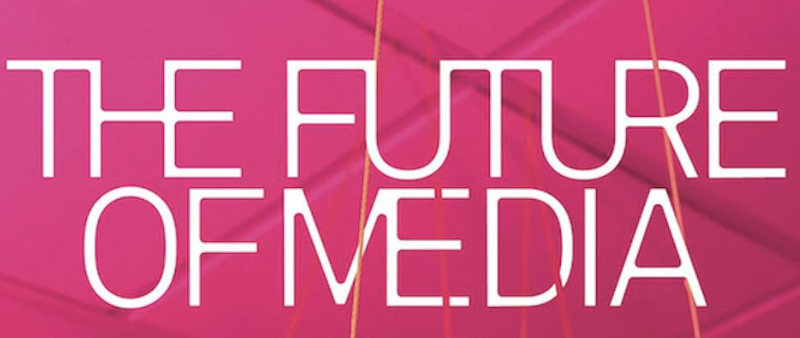
ONE OH EIGHT / TWIN GEOLOCATED AUDIO DRAMAS
To listen in situ on the 108 bus in either Cape Town or London, go to Echoes.xyz or download the app from the AppStore or Google Play. Download the app (and the audio drama via the app) BEFORE you board the 108 bus.
To listen at home, see the audio players by clicking on the Links box on the top right of the page. Recorded in binaural sound – please listen on headphones or earbuds.
108 in London: Lewisham > Blackheath > Peartree Way > Millennium Village > North Greenwich > Poplar > Bow > Violet Road > Stratford City > Stratford International Station
Listen in situ in Cape Town on Echoes
The route proceeds through strikingly contrasting areas: predominantly middle-class Blackheath, the new developments on the Greenwich Peninsula, multi-ethnic Tower Hamlets, to end at the white elephant of Stratford International Station – where, despite its name, no international services call. The audio drama is set from Blackheath to Poplar.
108 in Cape Town: Hangberg > Hout Bay Harbour > Sea Point > Adderley
Listen in situ starting Blackheath, London on Echoes
Under the apartheid system, the Group Areas Act designated Hangberg as a “coloured” residential area. Poverty and unemployment in Hangberg are high, and it has been the site of a number of political protests. Hout Bay & Sea Point contain multi-million rand mansions, luxurious holiday homes and some small wine estates.
Supported by funding from Goldsmiths, University of London Department of Media, Communications and Cultural Studies’ 40th Anniversary Community Fund.
With thanks to the Museum of Walking and #SoundWalkSunday Executive producer Andrew Stuck
APA style reference
Related

The Future of Media
A book launch to celebrate the publication of ‘The Future of Media’, written by members of the Department of Media, Communications and Cultural Studies at Goldsmiths. The Department of Media, Communications and Cultural Studies at Goldsmiths have the pleasure of inviting you to the launch of our book, The Future of Media, coedited by us and Joanna Zylinska, and published by Goldsmiths Press. The


